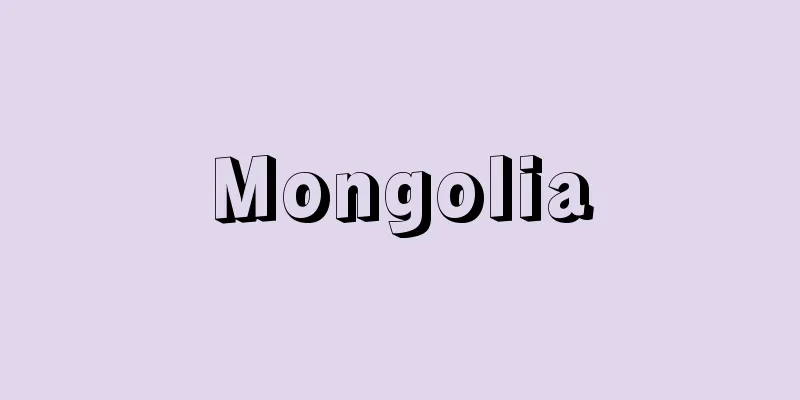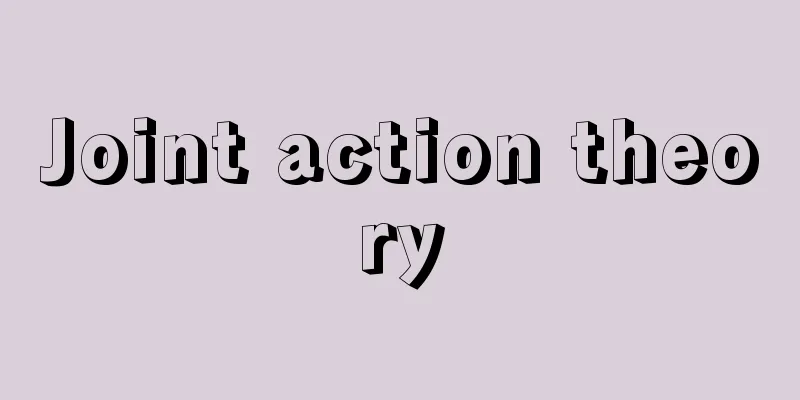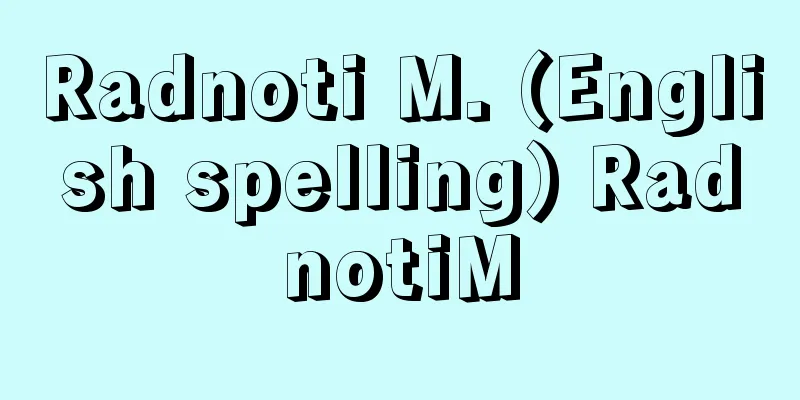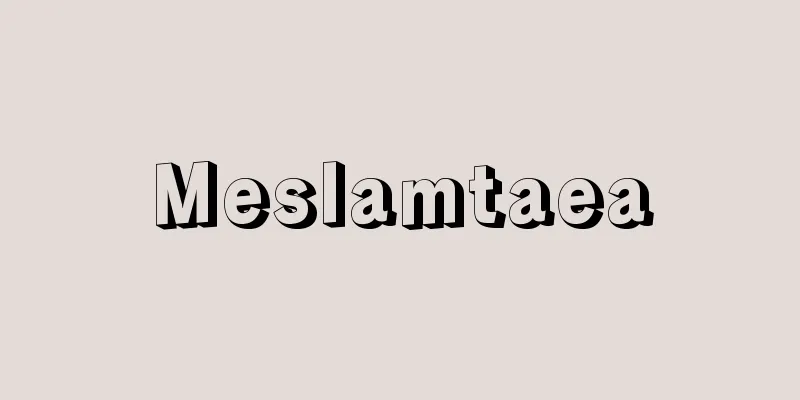Mongolia

|
◎Official name: Mongolia/Mongol Uls. ◎Area: 1,564,100 km2 . ◎Population: 2,650,000 (2010). ◎Capital: Ulaanbaatar (979,800, 2006). ◎Residents: 90% Mongolian (Khalkhas make up 80% of the total population), others include Turkish Kazakhs and Chinese. ◎Religion: Lamaism. ◎Language: Mostly Mongolian (Khalkh, official language). ◎Currency: Tugrik. ◎Head of state: President, Tsakhia Elbegdorj (appointed in June 2009, reappointed in July 2013, four-year term). ◎Prime Minister: Chimed Saikhanbileg (appointed in November 2014). ◎Constitution: came into force in February 1992. ◎Parliament - Unicameral, Mongolian National Great Hural (76 members, 4-year term). The most recent election was held in June 2012. ◎GDP - $5.3 billion (2008). ◎Per capita GDP - $483 (2006). ◎Proportion of people employed in agriculture, forestry and fishing - 26% (1997). ◎Average life expectancy - 63.0 years for men, 69.6 years for women (2007). ◎Infant mortality rate - 26‰ (2010). ◎Literacy rate - 97.8% (2003). * *Country located in central Asia, occupying the northern part of the Mongolian Plateau. The average altitude is 1580m. The northwestern part is higher, while the southeastern part forms the Gobi Desert. In between lies the grassland region that makes up the majority of the country, which has been a stage for nomadic peoples since ancient times. In ancient times, the only way of living for the inhabitants was nomadic pastoralism, but today, less than half of the workforce engage in agriculture and livestock farming, and mining and manufacturing are the leading industries in gross national product, with the urban population exceeding the urban population. Industry is centered in Ulaanbaatar, which accounts for half of the urban population. Mineral resources include coal, copper, molybdenum, fluorite, and gold, with copper being the number one export. In rural areas, the people still live in the old nomadic lifestyle, living in mobile yurts (yurts). Lamaism (Tibetan Buddhism), which once controlled every corner of life, lost its power in the revolution, but is being revived during the reforms of the 1990s. 99% of the people were illiterate, but after the revolution education became widespread, and schools from elementary schools to universities were built. In 1941, the Russian alphabet was used instead of the old Mongolian alphabet, but after the reforms of 1990, the Mongolian alphabet was adopted again. As reforms progress, a return to tradition is widespread, and the national festival "Naadam" is held in large scale all over the country. After the collapse of the Mongol Empire, the country came under Chinese rule, and from 1691 it was under the control of the Qing Dynasty. The influence of the Russian Revolution raised national consciousness, and under the leadership of Sukhebaatar and Choibalsan, a revolution was started in 1921, declaring independence, and a people's government was established under a monarchical system with the Living Buddha of Lamaism as its head of state. After the death of the Living Buddha in 1924, a People's Republic was declared, and efforts were made to build a socialist state. In 1990, the one-party dictatorship of the Mongolian People's Revolutionary Party was abolished, and the new constitution of 1992 removed the term "socialism," and the country's name was changed to simply "Mongolia." The country is also rapidly moving toward a market economy and opening up to the outside world. In the 1996 general election, the opposition coalition won a landslide victory over the People's Revolutionary Party, and a non-communist government was formed, but in the presidential election the following year, Bagabandi, a member of the People's Revolutionary Party, defeated the incumbent president. In 1997, the country joined the World Trade Organization (WTO). In the July 2000 general election, the People's Revolutionary Party won a landslide victory and took power. In the June 2004 general election, the People's Revolutionary Party and the opposition Fatherland National Democratic Alliance won a close contest of seats in parliament. In the 2005 presidential election, Enkhbayar, former prime minister, leader of the People's Revolutionary Party, and speaker of parliament, was elected. In the May 2009 presidential election, former prime minister Elbegdorj was elected. → Related items Economic Partnership Agreement | Outer Mongolia | Mongolia Source : Heibonsha Encyclopedia About MyPedia Information |
|
◎正式名称−モンゴル国Mongolia/Mongol Uls。◎面積−156万4100km2。◎人口−265万人(2010)。◎首都−ウランバートルUlaanbaatar(97万9800人,2006)。◎住民−モンゴル人90%(うちハルハ人は全人口の80%),ほかにトルコ系のカザフ人,中国人など。◎宗教−ラマ教。◎言語−モンゴル語(ハルハ語,公用語)が大部分。◎通貨−トゥグルク。◎元首−大統領,エルベグドルジTsakhia Elbegdorj(2009年6月就任,2013年7月再任,任期4年)。◎首相−サイハンビレグChimed Saikhanbileg(2014年11月就任)。◎憲法−1992年2月発効。◎国会−一院制,モンゴル国民大会議(定員76,任期4年)。最近の選挙は2012年6月。◎GDP−53億ドル(2008)。◎1人当りGDP−483ドル(2006)。◎農林・漁業就業者比率−26%(1997)。◎平均寿命−男63.0歳,女69.6歳(2007)。◎乳児死亡率−26‰(2010)。◎識字率−97.8%(2003)。 * *アジア中央部,モンゴル高原の北部を占める国。平均の標高は1580m。北西部ほど高く,南東部はゴビ砂漠をなす。その中間に国の大半を占める草原地帯が横たわり,古くから遊牧民族が活躍する舞台となった。古来,住民の唯一の生活手段は遊牧であったが,現在では農牧業従事者は就労者数の半分以下で,国民総生産でも鉱工業が首位を占め,都市人口のほうが上回る。工業はウランバートルを中心に行われており,同市が都市人口の半分を占める。地下資源としては石炭,銅,モリブデン,蛍石,金などがあり,銅は輸出の第1位を占めている。 生活は,地方では古い遊牧様式をのこす面が多く,移動性のゲル(パオ)に住む。かつて生活の末端まで支配したラマ教(チベット仏教)は,革命によって権力を失ったが,1990年代の改革のなかで再生しつつある。また国民の99%は文字の読み書きができなかったが,革命後は教育が普及し,小学校から大学まで建てられた。文字は1941年から古いモンゴル文字に代わってロシア文字を使用していたが,1990年の改革後,再びモンゴル文字を採用した。改革がすすむなかで伝統への回帰が広くみられ,民族的祝祭〈ナーダム〉が各地で盛大に催されている。 モンゴル帝国崩壊後,中国の支配を受け,1691年からは清朝の支配下にあった。ロシア革命の影響によって民族意識が高まり,スヘバートル,チョイバルサンの指導で,1921年革命を起こして独立を宣言,ラマ教の活仏を元首とする君主政体のもとに人民政府を樹立した。1924年活仏が死去すると人民共和国を宣言,社会主義国家の建設に向かった。1990年モンゴル人民革命党の一党独裁体制を廃し,1992年の新憲法には社会主義の表現が消え,国名も単に〈モンゴル〉と改められた。市場経済への移行,対外開放も急速に進められている。1996年の総選挙では野党連合が人民革命党に圧勝し,非共産系政権が発足したものの,翌年の大統領選挙では人民革命党出身のバガバンディが現職大統領を破った。1997年世界貿易機関(WTO)に加盟。2000年7月総選挙では人民革命党が圧勝し,政権を奪取。2004年6月総選挙で,人民革命党と野党・祖国民主連合の議席が伯仲した。2005年の大統領選挙では,前首相で人民革命党党首,国会議長のエンフバヤルが当選。2009年5月の大統領選挙でエルベグドルジ元首相が当選。 →関連項目経済連携協定|外モンゴル|蒙古 出典 株式会社平凡社百科事典マイペディアについて 情報 |
<<: Mongolian Music - Mongolian Music
Recommend
Emperor Kameyama
→ Emperor Kameyama Source : Heibonsha Encyclopedia...
Macapá (English spelling)
The capital of Amapá state in northern Brazil. The...
Coin lockers
A locker for personal belongings that can be used ...
Maritza [river] - Maritza
The Evros River is a river in the Balkans. Its Gre...
Huahine
…The islands are further divided into two groups:...
Bodhgaya
A Buddhist holy place. Known as Bodh Gaya or its t...
Manis temmincki (English spelling) Manistemmincki
…[Yoshiharu Imaizumi]. … *Some of the terminology...
Rock Shadow Art
…The carvings were made with stone or metal tools...
Guillaume Sanche - Guillaume Sanche
…There is some disagreement as to whether these i...
Ground Beetle - Caterpillar
A general term for medium to large sized insects ...
Epoxy resin - Epokisijushi (English spelling) epoxy resin
A general term for synthetic resins with relative...
scientia
…It was originally a word created in Japan at the...
Guernsey [species] - Guernsey
A breed of cattle. A dairy cow native to Guernsey,...
Humanism - English
It is a word that refers to a very broad range of...
Japan Bowling Congress
...The Leisure White Paper (1993) by the Leisure ...









